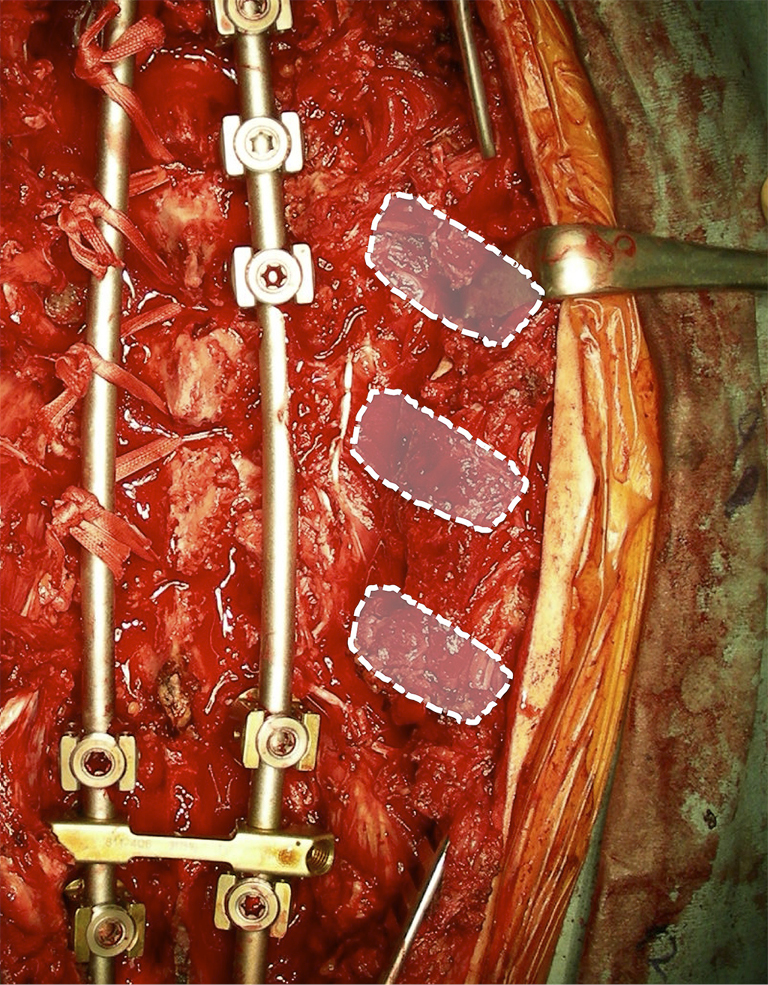- J-STAGE home
- /
- Spine Surgery and Related Rese ...
- /
- Volume 5 (2021) Issue 1
- /
- Article overview
-
Tsutomu Akazawa
Department of Orthopaedic Surgery, St. Marianna University School of Medicine Department of Orthopedic Surgery, Seirei Sakura Citizen Hospital
-
Toshiaki Kotani
Department of Orthopedic Surgery, Seirei Sakura Citizen Hospital
-
Tsuyoshi Sakuma
Department of Orthopedic Surgery, Seirei Sakura Citizen Hospital
-
Keita Nakayama
Department of Orthopedic Surgery, Seirei Sakura Citizen Hospital
-
Yasushi Iijima
Department of Orthopedic Surgery, Seirei Sakura Citizen Hospital
-
Yoshiaki Torii
Department of Orthopaedic Surgery, St. Marianna University School of Medicine
-
Masahiro Iinuma
Department of Orthopaedic Surgery, St. Marianna University School of Medicine
-
Shingo Kuroya
Department of Orthopedic Surgery, Seirei Sakura Citizen Hospital
-
Kota Asano
Department of Orthopaedic Surgery, St. Marianna University School of Medicine
-
Jun Ueno
Department of Orthopaedic Surgery, St. Marianna University School of Medicine
-
Atsuhiro Yoshida
Department of Orthopaedic Surgery, St. Marianna University School of Medicine
-
Kenichi Murakami
Department of Orthopaedic Surgery, St. Marianna University School of Medicine
-
Shohei Minami
Department of Orthopedic Surgery, Seirei Sakura Citizen Hospital
-
Sumihisa Orita
Department of Orthopaedic Surgery, Graduate School of Medicine, Chiba University
-
Kazuhide Inage
Department of Orthopaedic Surgery, Graduate School of Medicine, Chiba University
-
Yasuhiro Shiga
Department of Orthopaedic Surgery, Graduate School of Medicine, Chiba University
-
Junichi Nakamura
Department of Orthopaedic Surgery, Graduate School of Medicine, Chiba University
-
Gen Inoue
Department of Orthopaedic Surgery, Kitasato University School of Medicine
-
Masayuki Miyagi
Department of Orthopaedic Surgery, Kitasato University School of Medicine
-
Wataru Saito
Department of Orthopaedic Surgery, Kitasato University School of Medicine
-
Yawara Eguchi
Department of Orthopaedic Surgery, Graduate School of Medicine, Chiba University
-
Kazuki Fujimoto
Department of Orthopaedic Surgery, Graduate School of Medicine, Chiba University Department of Orthopaedic Surgery, Konodai Hospital, National Center for Global Health and Medicine
-
Hiroshi Takahashi
Department of Orthopaedic Surgery, Faculty of Medicine, University of Tsukuba
-
Seiji Ohtori
Department of Orthopaedic Surgery, Graduate School of Medicine, Chiba University
-
Hisateru Niki
Department of Orthopaedic Surgery, St. Marianna University School of Medicine
2021 Volume 5 Issue 1 Pages 22-27
- Published: January 27, 2021 Received: April 28, 2020 Available on J-STAGE: January 27, 2021 Accepted: June 29, 2020 Advance online publication: August 31, 2020 Revised: -
(compatible with EndNote, Reference Manager, ProCite, RefWorks)
(compatible with BibDesk, LaTeX)



